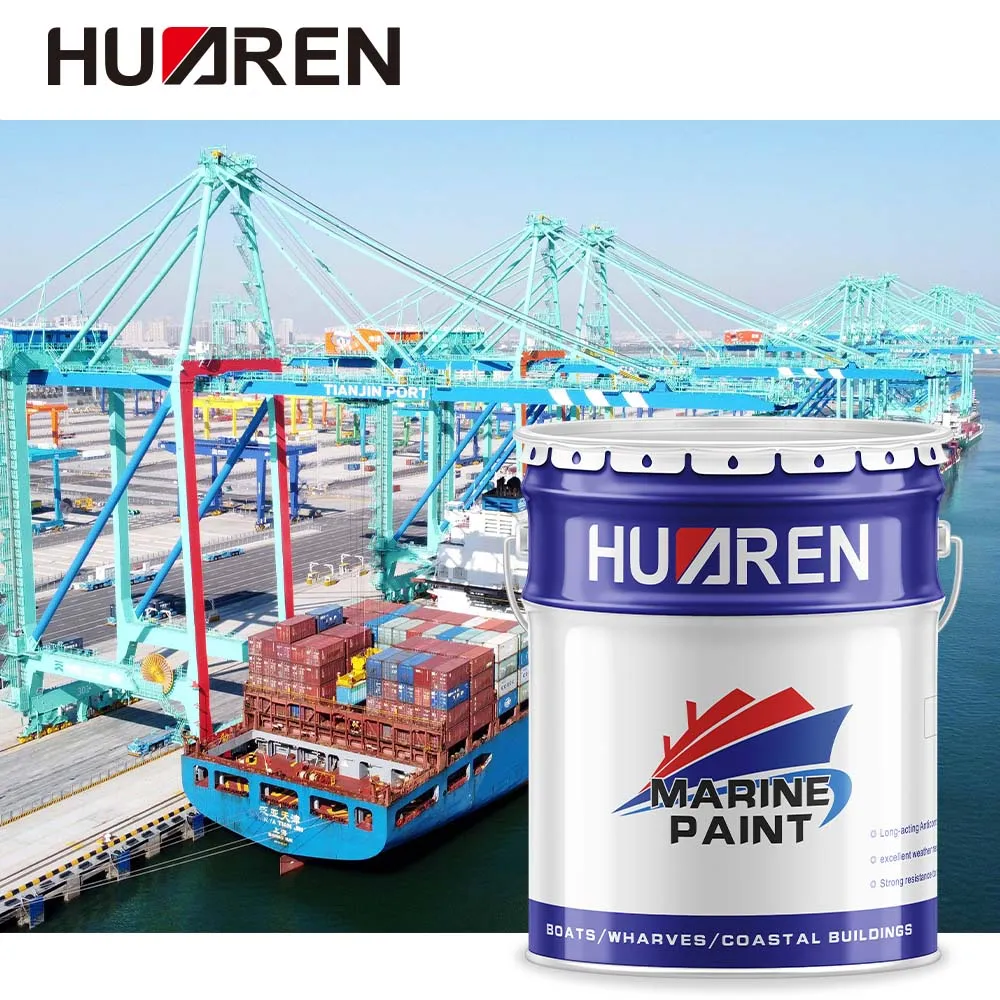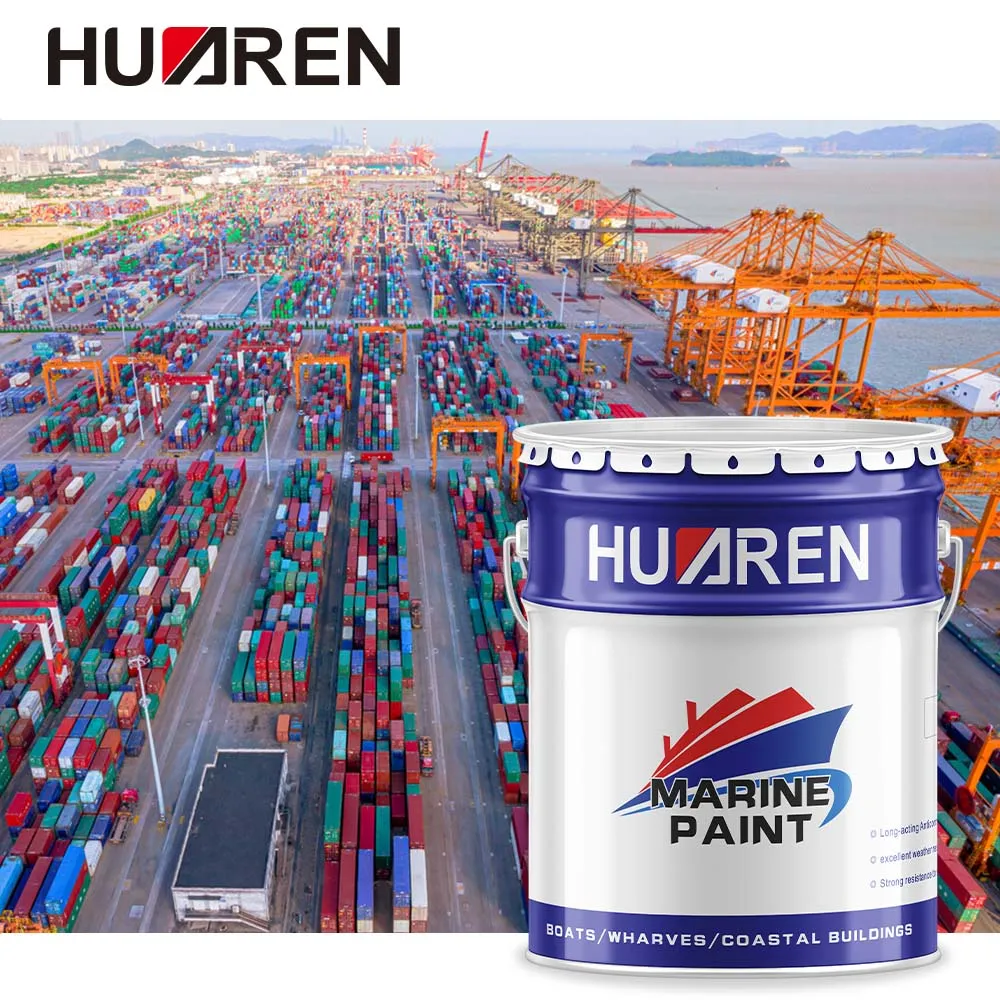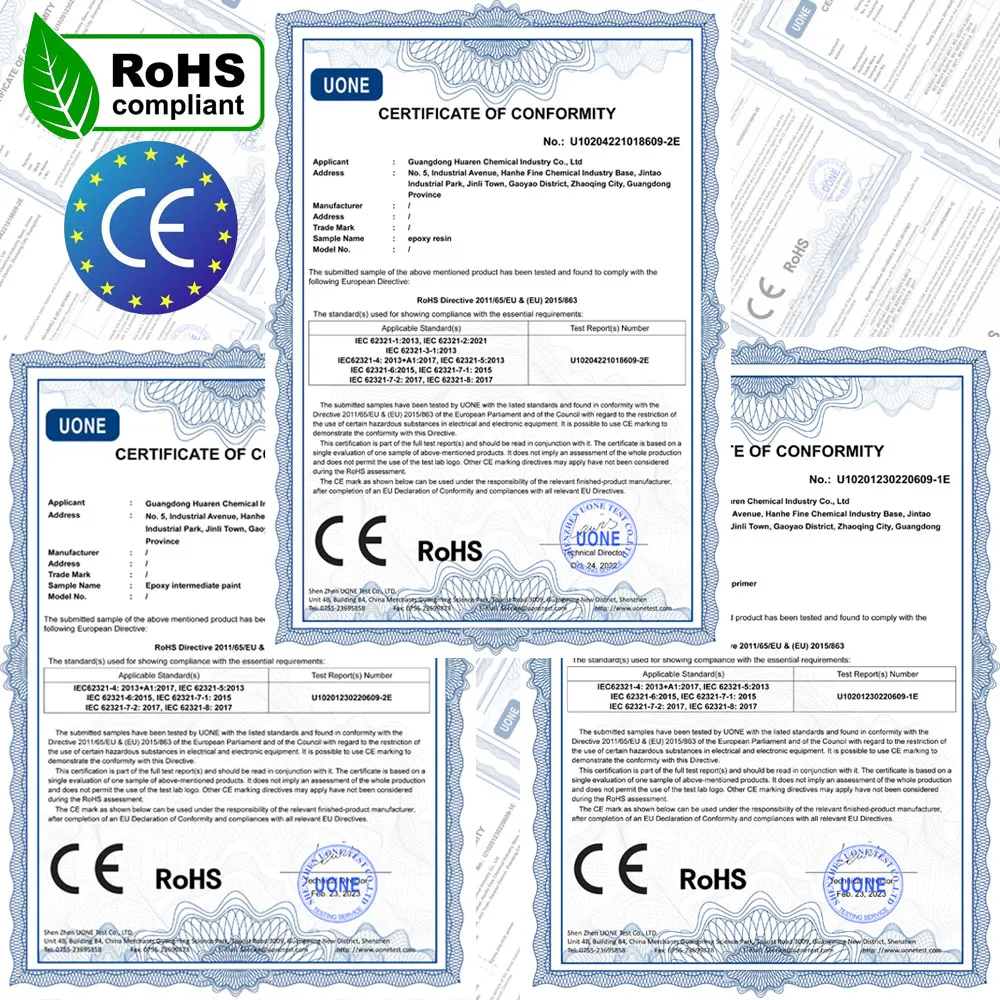As an important part of ship maintenance, boat bottom paint can not only prevent marine organisms from attaching and corrosion, but also improve the ship's navigation performance and fuel efficiency.
However, the service life of marine bottom paint is not unlimited. In the long-term marine environment, marine bottom paint will gradually lose its protective effect, so it needs to be repainted regularly.

How many years is the service life of boat bottom paint?
The service life of boat bottom paint depends on many factors, including paint type, coating quality, frequency of ship use and navigation environment. Generally speaking, the service life of marine bottom paint is about 1 to 5 years, among which the service life of hard antifouling paint is generally about 2 to 3 years. Self-polishing antifouling paint has a longer service life, generally between 3 and 5 years. The service life of non-metallic antifouling paint is generally between 1 and 2 years. The details are as follows:
1. Hard antifouling paint:
Hard antifouling paints have strong durability and are generally suitable for high-speed ships and ships that need to be cleaned frequently. This paint forms a hard protective layer on the surface of the coating to prevent marine organisms from attaching. The service life of hard antifouling paint is generally around 2 to 3 years, but regular inspection and maintenance are required to ensure its antifouling effect.
2. Self-polishing antifouling paint:
Self-polishing antifouling paint is a marine bottom paint widely used on various types of ships. Its characteristic is that it gradually wears away during the voyage of the ship, releasing biocides to continuously inhibit the attachment of marine organisms. Self-polishing antifouling paint has a long service life, generally between 3 and 5 years, depending on the frequency of the ship's voyage and environmental conditions.
3. Non-metallic antifouling paint:
Non-metallic antifouling paint is an environmentally friendly marine bottom paint that usually does not contain copper or other heavy metals. Its service life varies depending on the specific formulation and the environment in which it is used, but is generally between 1 and 2 years. Although its environmental performance is excellent, its service life is relatively short in sea areas with a high risk of biofouling, and more frequent maintenance and re-coating are required.

In what cases is it necessary to repaint marine bottom paint?
Repainting marine bottom paint is an important step to ensure the performance and protection of the boat. When there is coating wear, severe biofouling, coating peeling or damage, and reduced antifouling effect, the boat bottom paint needs to be repainted. The details are as follows:
1. Coating wear:
During the navigation of the ship, the scouring of seawater and mechanical friction will gradually wear the coating of the marine bottom paint. In particular, the working principle of self-polishing antifouling paint is to gradually wear and release biocides during navigation. When the coating is worn to a certain extent, the antifouling effect of the marine bottom paint will be significantly reduced, and repainting is required.
2. Severe biofouling:
Although marine bottom paint has the function of preventing biofouling, biofouling may not be completely avoided in sea areas with high biodensity. If a large number of shellfish, barnacles and other organisms are found on the bottom of the boat, it should be cleaned and re-applied with antifouling paint in time to restore the protective effect of the bottom of the boat.
3. Coating peeling or damage:
The bottom coating of the boat may peel off or be damaged due to collision, scratching and other reasons during use. This will not only affect the antifouling effect of marine bottom paint, but may also cause the hull to be partially exposed to seawater, accelerating corrosion. If the coating is found to be peeling or damaged, it should be repaired and repainted as soon as possible to protect the hull.
4. Decreased antifouling effect:
Over time, the biocides in the marine bottom paint will gradually be exhausted, and its antifouling effect will gradually weaken. If the ship's sailing speed is reduced and fuel consumption is increased, it may be a manifestation of decreased antifouling effect of marine bottom paint. At this time, consider repainting the marine bottom paint to restore the performance of the ship.
5. Regular maintenance:
Even if there is no obvious coating damage or biological adhesion, regular maintenance is an important measure to ensure the effectiveness of boat bottom paint. Depending on the type of boat bottom paint and the environment in which it is used, it is generally recommended to conduct a comprehensive inspection and repaint every 2 to 3 years to ensure the continued effectiveness of the boat bottom paint.

What are the steps to repaint a boat bottom paint?
Repainting a boat bottom paint requires strict adherence to the correct process to ensure the adhesion and protective effect of the coating. The main steps of repainting: cleaning the bottom of the boat (removing the old paint layer and attachments) → grinding the surface → applying primer (increasing the adhesion of antifouling paint) → applying antifouling paint (evenly applying one to two layers of antifouling paint) → inspection and repair.
1. Cleaning the bottom of the boat:
Before repainting, the bottom of the boat needs to be thoroughly cleaned to remove the old paint layer and attachments. You can use tools such as high-pressure water guns, brushes and scrapers to ensure that the bottom surface of the boat is clean and flat.
2. Grinding the surface:
After cleaning, the bottom surface of the boat needs to be polished to increase the adhesion of the new coating. When grinding, pay attention to even force to avoid damaging the hull.
3. Applying primer:
Before applying antifouling paint, it is usually necessary to apply a layer of primer (Primer). The role of primer is to increase the adhesion of antifouling paint and prevent direct corrosion of the hull by seawater. The choice of primer should be matched according to the type of antifouling paint and the material of the hull.
4. Apply antifouling paint:
Depending on the type of antifouling paint selected, apply one to two coats of antifouling paint evenly. Each coat needs to be fully dried after application to ensure the integrity and adhesion of the paint film.
5. Inspection and repair:
After the coating is completed, the coating needs to be carefully inspected to ensure that there is no missing coating or uneven coating. If necessary, local repairs are performed to ensure the overall effect.

Summary of the service life of marine bottom paint
The service life of marine bottom paint depends on many factors, including the type of paint, the quality of coating, the frequency of ship use and the sailing environment. Generally speaking, the service life of hard antifouling paint is 2 to 3 years, self-polishing antifouling paint is 3 to 5 years, and non-metallic antifouling paint is 1 to 2 years. Marine bottom paint needs to be repainted in cases of coating wear, severe biofouling, coating peeling or damage, reduced antifouling effect, and regular maintenance.
The steps of repainting marine bottom paint include cleaning the bottom of the boat, grinding the surface, applying primer, applying antifouling paint, and inspection and repair. Strictly following the correct process, choosing the right type of paint and a professional construction team are the keys to ensuring the effectiveness and protection of boat bottom paint. Through regular inspection and maintenance, ship owners and ship operators can effectively extend the service life of boat bottom paint and ensure the efficient operation and long-term use of ships in various marine environments.

